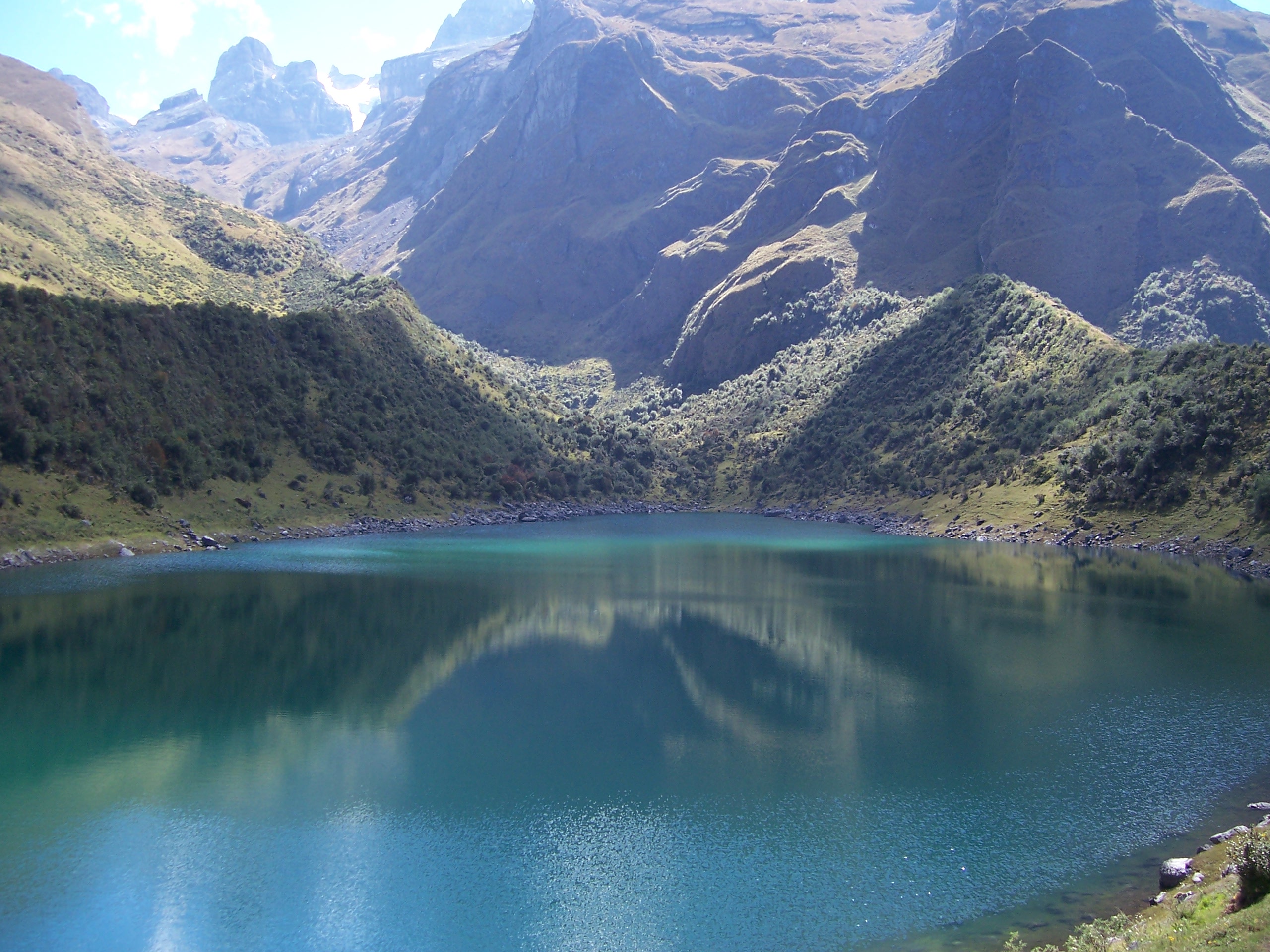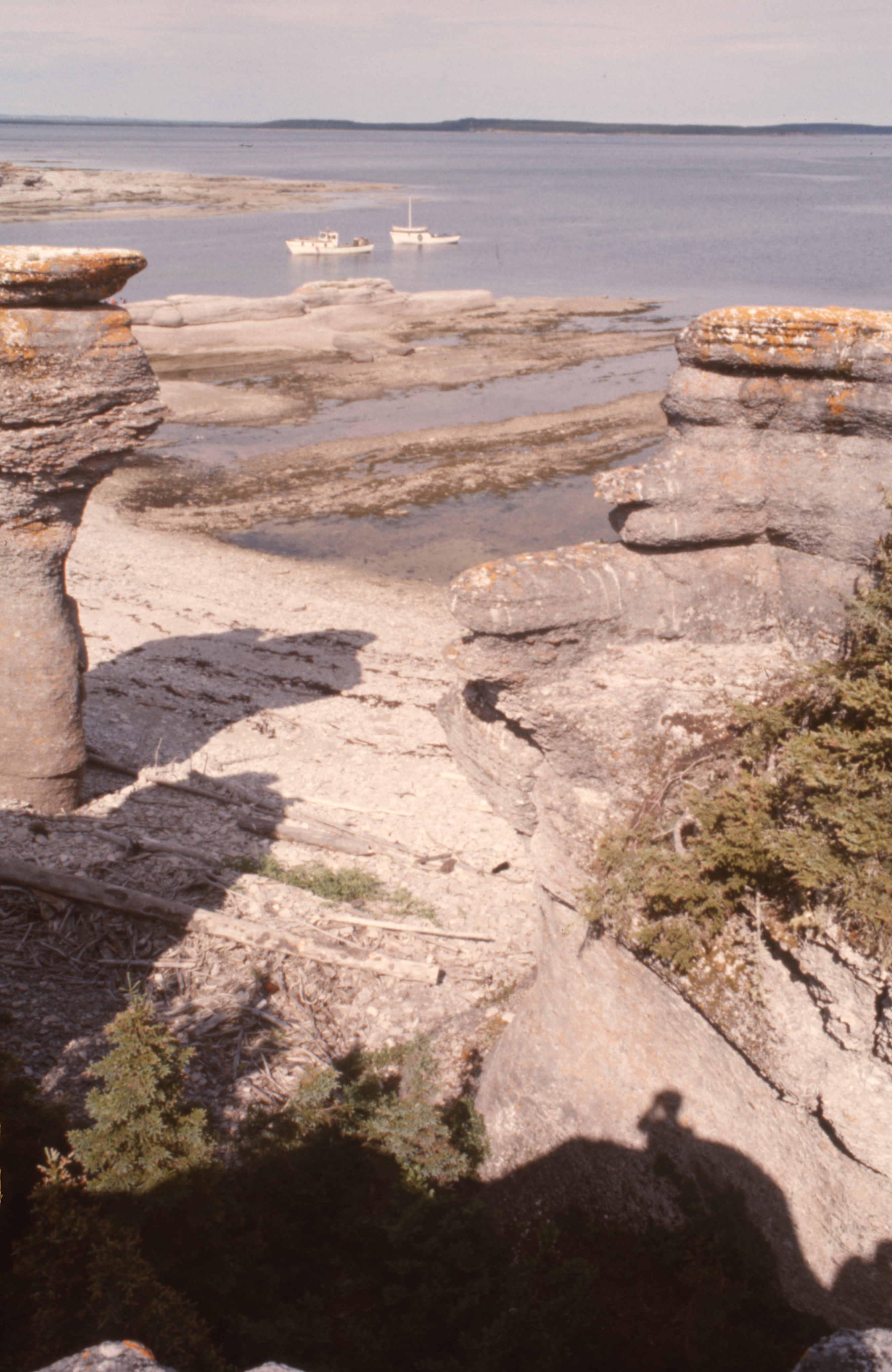|
Sayhuite
Sayhuite (Sigh-weetey) is an archaeological site east of the city Abancay, about 3 hours away from the city of Cusco, in the province Abancay in the region Apurímac in Peru. The site is regarded as a center of religious worship for Inca people, focusing on water. In the ''Monuments of the Inca'' by John Hemming, Hemming points to a colonial narrative that describes the interior of the Sayhuite temple. The temple featured larger columns draped in fabrics with gold bands the "thickness of one's hand." The temple was also under the care of the priestess Asarpay, who jumped to her death in the nearby 400 meter gorge to avoid capture by Spanish forces. Monolith An important feature on the site is the Sayhuite monolith, an enormous rock containing more than 200 geometric and zoomorphic figures, including reptiles, frogs, and felines. Found at the top of a hill named Concacha, the stone was sculpted as a topographical hydraulic model, complete with terraces, ponds, rivers, tunnels, ... [...More Info...] [...Related Items...] OR: [Wikipedia] [Google] [Baidu] |
Abancay
Abancay (from Quechuan languages, Quechua language: Hamanqay, Amanqay, or Amankay, meaning ''lily''), founded in 1572 as Santiago de los Reyes de Abancay, is a city in southern-central Peru. It is the capital of both the Apurímac Region and the Abancay Province, and serves an important cultural, economic, and political role in Apurímac. Name The origin of the word Abancay might have two possible explanations: # It is a transliteration to Spanish language, Spanish of the Quechuan languages, Quechuan word ''amancay'', meaning Lilium, lily. # It originates from the Quechuan ''awanqay'', meaning ''weaving place'', which is the version proposed by Rodolfo Cerrón Palomino, a Peruvian linguist. Geography Abancay is located at an elevation of above sea level in the southern Andes, Peruvian Andes, above the Pachachaca River, and straddles the Marino River. Because of its dry mountain and famous year-round warm weather it is known as "The Eternal Springtime Valley". The nearest ... [...More Info...] [...Related Items...] OR: [Wikipedia] [Google] [Baidu] |
Asarpay
Asarpay, also known as Sarpay (16th century), was an Inca priestess in a cult dedicated to Apurima, the personified version of the Apurimac River, during the 1500s. She was the sister of the Inca, possibly a daughter of the Inca Huayna Capac. Asarpay spoke for the Apurimac shrine A shrine ( "case or chest for books or papers"; Old French: ''escrin'' "box or case") is a sacred space">-4; we might wonder whether there's a point at which it's appropriate to talk of the beginnings of French, that is, when it wa ...: ''escri ..., understood as an oracle of the personified river. She would give advice and warning to those of her community on the shrine's behalf. Asarpay is known for her actions and premonitions during the Spanish conquest; Asarpay foretold the Conquest and advised Inca nobility to gather and use up all of their food stores, as to not leave the conquerors any access to their resources. Asarpay is mentioned most frequently in regards to her sensationalized suicide; ... [...More Info...] [...Related Items...] OR: [Wikipedia] [Google] [Baidu] |
Monolith
A monolith is a geological feature consisting of a single massive stone or rock, such as some mountains. Erosion usually exposes the geological formations, which are often made of very hard and solid igneous or metamorphic rock. Some monoliths are volcanic plugs, solidified lava filling the vent of an extinct volcano. In architecture, the term has considerable overlap with megalith, which is normally used for prehistory, and may be used in the contexts of rock-cut architecture that remains attached to solid rock, as in monolithic church, or for exceptionally large stones such as obelisks, statues, monolithic columns or large architraves, that may have been moved a considerable distance after quarrying. It may also be used of large glacial erratics moved by natural forces. The word derives, via the Latin , from the Ancient Greek word (), from () meaning "one" or "single" and () meaning "stone". Geological monoliths Large, well-known monoliths include: Africa * Aso ... [...More Info...] [...Related Items...] OR: [Wikipedia] [Google] [Baidu] |
Curahuasi District
Curahuasi District is one of the nine districts of the Abancay Province in Peru. Geography One of the highest peaks of the district is Q'illu Q'asa at approximately . Other mountains are listed below: Ethnic groups The people in the district are mainly indigenous citizens of Quechua descent, although with a sizable percentage of mestizo and castizo population located mainly in the urban center. Quechua is the language which the majority of the population (73.79%) learnt to speak in childhood, 25.86% of the residents started speaking using the Spanish language (2007 Peru Census). INEI, Peru, Censos Nacionales 2007, Frequencias: Preguntas de Población: Idioma o lengua con el que aprendió hablar (in Spanish) Climate See also * |
Apurímac Region
Apurímac is the name of: *Apurímac River, a river in the south-eastern parts of central Peru * Department of Apurímac, a region in the south-eastern parts of central Peru *Three albums by the German new-age band Cusco Cusco or Cuzco (; or , ) is a city in southeastern Peru, near the Sacred Valley of the Andes mountain range and the Huatanay river. It is the capital of the eponymous Cusco Province, province and Cusco Region, department. The city was the cap ...: ** ''Apurimac'' (album) **'' Apurimac II'' **'' Apurimac III'' {{disambiguation, geo ... [...More Info...] [...Related Items...] OR: [Wikipedia] [Google] [Baidu] |
Peru
Peru, officially the Republic of Peru, is a country in western South America. It is bordered in the north by Ecuador and Colombia, in the east by Brazil, in the southeast by Bolivia, in the south by Chile, and in the south and west by the Pacific Ocean. Peru is a Megadiverse countries, megadiverse country, with habitats ranging from the arid plains of the Pacific coastal region in the west, to the peaks of the Andes mountains extending from the north to the southeast of the country, to the tropical Amazon basin rainforest in the east with the Amazon River. Peru has Demographics of Peru, a population of over 32 million, and its capital and largest city is Lima. At , Peru is the List of countries and dependencies by area, 19th largest country in the world, and the List of South American countries by area, third largest in South America. Pre-Columbian Peru, Peruvian territory was home to Andean civilizations, several cultures during the ancient and medieval periods, and has one o ... [...More Info...] [...Related Items...] OR: [Wikipedia] [Google] [Baidu] |
Andes
The Andes ( ), Andes Mountains or Andean Mountain Range (; ) are the List of longest mountain chains on Earth, longest continental mountain range in the world, forming a continuous highland along the western edge of South America. The range is long and wide (widest between 18th parallel south, 18°S and 20th parallel south, 20°S latitude) and has an average height of about . The Andes extend from south to north through seven South American countries: Argentina, Chile, Bolivia, Peru, Ecuador, Colombia, and Venezuela. Along their length, the Andes are split into several ranges, separated by intermediate depression (geology), depressions. The Andes are the location of several high plateaus—some of which host major cities such as Quito, Bogotá, Cali, Arequipa, Medellín, Bucaramanga, Sucre, Mérida, Mérida, Mérida, El Alto, and La Paz. The Altiplano, Altiplano Plateau is the world's second highest after the Tibetan Plateau. These ranges are in turn grouped into three majo ... [...More Info...] [...Related Items...] OR: [Wikipedia] [Google] [Baidu] |
Archaeological Site
An archaeological site is a place (or group of physical sites) in which evidence of past activity is preserved (either prehistoric or recorded history, historic or contemporary), and which has been, or may be, investigated using the discipline of archaeology and represents a part of the archaeological record. Sites may range from those with few or no remains visible above ground, to buildings and other structures still in use. Beyond this, the definition and geographical extent of a "site" can vary widely, depending on the period studied and the theoretical approach of the archaeologist. Geographical extent It is almost invariably difficult to delimit a site. It is sometimes taken to indicate a settlement of some sort, although the archaeologist must also define the limits of human activity around the settlement. Any episode of deposition, such as a hoard or burial, can form a site as well. Development-led archaeology undertaken as cultural resources management has the disad ... [...More Info...] [...Related Items...] OR: [Wikipedia] [Google] [Baidu] |
Ministry Of Foreign Commerce And Tourism (Peru)
The Ministry of Foreign Trade and Tourism (, MINCETUR) of Peru is the government ministry in charge of issues pertaining to foreign trade of the Government of Peru and the promotion of tourism in the country. , the ministry is headed by . History The country was established in 1969 as the Ministry of Industry and Commerce (), having been separated from the Ministry of Development and Public Works. The name remained until 1980, when it was renamed to Ministry of Industry, Commerce, Tourism and Integration (). In 1992, it was renamed to Ministry of Industry, Tourism, Integration and International Trade Negotiations (, MITINCI), a name that remained until 2002, when it took its current name. Throughout its history, the ministry has promoted free trade agreements and managed , a government organisation responsible for promoting tourism to Peru around the world. The ministry has signed the following treaties: *Canada-Peru Free Trade Agreement *Chile-Peru Free Trade Agreement *Thai ... [...More Info...] [...Related Items...] OR: [Wikipedia] [Google] [Baidu] |
Geometry
Geometry (; ) is a branch of mathematics concerned with properties of space such as the distance, shape, size, and relative position of figures. Geometry is, along with arithmetic, one of the oldest branches of mathematics. A mathematician who works in the field of geometry is called a ''List of geometers, geometer''. Until the 19th century, geometry was almost exclusively devoted to Euclidean geometry, which includes the notions of point (geometry), point, line (geometry), line, plane (geometry), plane, distance, angle, surface (mathematics), surface, and curve, as fundamental concepts. Originally developed to model the physical world, geometry has applications in almost all sciences, and also in art, architecture, and other activities that are related to graphics. Geometry also has applications in areas of mathematics that are apparently unrelated. For example, methods of algebraic geometry are fundamental in Wiles's proof of Fermat's Last Theorem, Wiles's proof of Fermat's ... [...More Info...] [...Related Items...] OR: [Wikipedia] [Google] [Baidu] |
Zoomorphism
The word ''zoomorphism'' derives from and . In the context of art, zoomorphism could describe art that imagines humans as non-human animals. It can also be defined as art that portrays one species of animal like another species of animal or art that uses animals as a visual motif, sometimes referred to as "animal style". Depicting deities in animal form (theriomorphism) is an example of zoomorphism in a religious context. It is also similar to the term Shapeshifting, therianthropy; which is the ability to shape shift into animal form, except that with zoomorphism the animal form is applied to a physical object. It means to attribute animal forms or animal characteristics to other animals, or things other than an animal; similar to but broader than anthropomorphism. Contrary to anthropomorphism, which views animal or non-animal behavior in human terms, zoomorphism is the tendency of viewing human behavior in terms of the behavior of animals. It is also used in literature to portray ... [...More Info...] [...Related Items...] OR: [Wikipedia] [Google] [Baidu] |





